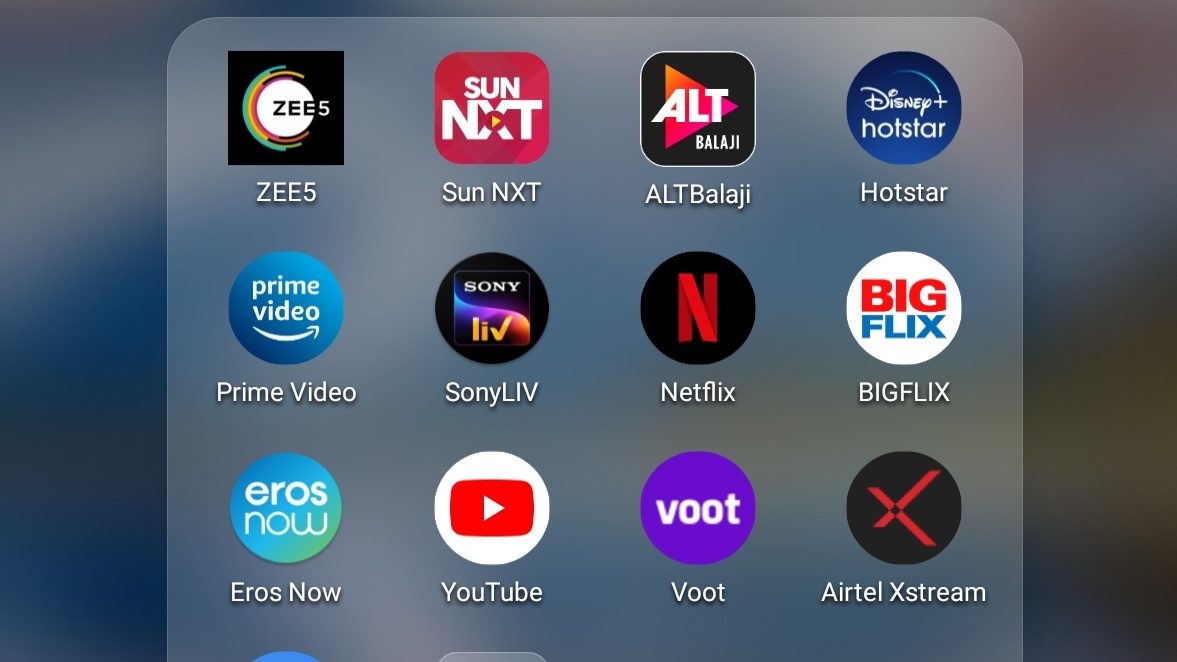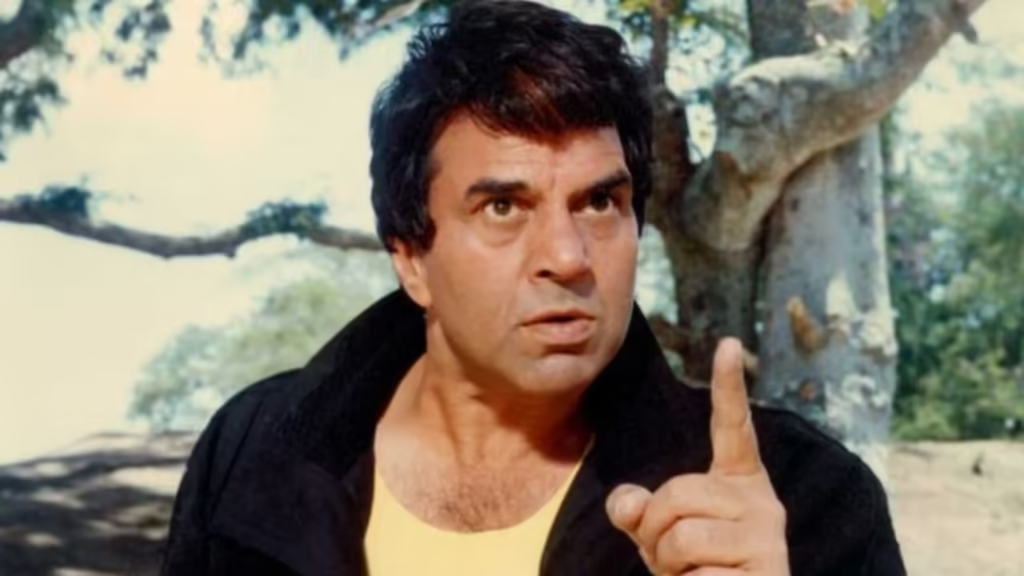Now Reading: Beyond Bollywood: Why Local Languages Need Stronger OTT Backing
-
01
Beyond Bollywood: Why Local Languages Need Stronger OTT Backing
Beyond Bollywood: Why Local Languages Need Stronger OTT Backing

As India’s digital consumption rises, OTT platforms are reshaping the entertainment landscape. Yet, while Hindi and English dominate the screen space, regional and local language content remains underrepresented. For a country as linguistically diverse as India — especially in Tier-2 and Tier-3 cities — this gap signals a missed opportunity for both creators and platforms.
A Growing Demand for Local Narratives
Audiences in smaller towns and cities are actively seeking content that mirrors their lives — their language, culture, and struggles. Whether it’s a Marathi family drama or a gritty Bhojpuri thriller, local language content resonates deeply with regional viewers. Unlike the metro-centric Hindi content, these stories offer relatability and authenticity.
Despite the rising viewership from these regions, most OTT platforms still prioritize pan-India releases in Hindi or English. This leads to a cultural disconnect, with many users relying on dubbed versions rather than original content in their native tongues.
The Business Case for Going Regional
The demand for regional content is not just emotional — it makes economic sense. According to recent industry data, a significant portion of new internet users in India come from Tier-2 and Tier-3 towns, where the primary language is rarely Hindi. Catering to this audience isn’t just about inclusivity, it’s a strategic move to grow subscriber bases and engagement.
Moreover, producing content in local languages is often more cost-effective, while allowing OTT players to tap into a less competitive but highly loyal viewer base. Platforms like Hoichoi (Bengali) and Aha (Telugu) have shown how regional-first strategies can work successfully.
Barriers Still in Place
Despite these advantages, several roadblocks persist. Lack of infrastructure, limited budgets, and lower marketing support often hinder regional creators from breaking through. On the platform side, there’s a tendency to invest heavily in big-budget Hindi projects, leaving regional titles under-promoted.
There’s also the challenge of discoverability. Many users report difficulty in finding local-language shows due to poor algorithm support or lack of category visibility. This makes it harder for these shows to build momentum organically.
Local Creators Deserve the Spotlight
Small-town storytellers are crafting powerful, raw, and culturally rich narratives — but they need more visibility. OTT platforms must not only invest in production but also in nurturing local talent, offering language-specific promotions, and ensuring regional content is equally highlighted.
A shift in focus could not only empower creators from smaller cities but also create a more inclusive and diversified OTT ecosystem.
Conclusion: A Missed Opportunity — Or the Next Big Wave?
India’s linguistic diversity is one of its greatest storytelling assets. In the evolving OTT landscape, supporting local languages isn’t just an act of inclusion — it’s a smart investment in the future of digital entertainment. For Tier-2 and Tier-3 audiences hungry for stories that reflect their world, it’s time platforms went beyond Bollywood and truly spoke their language.

























